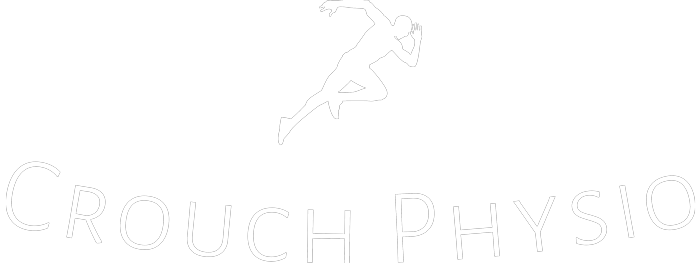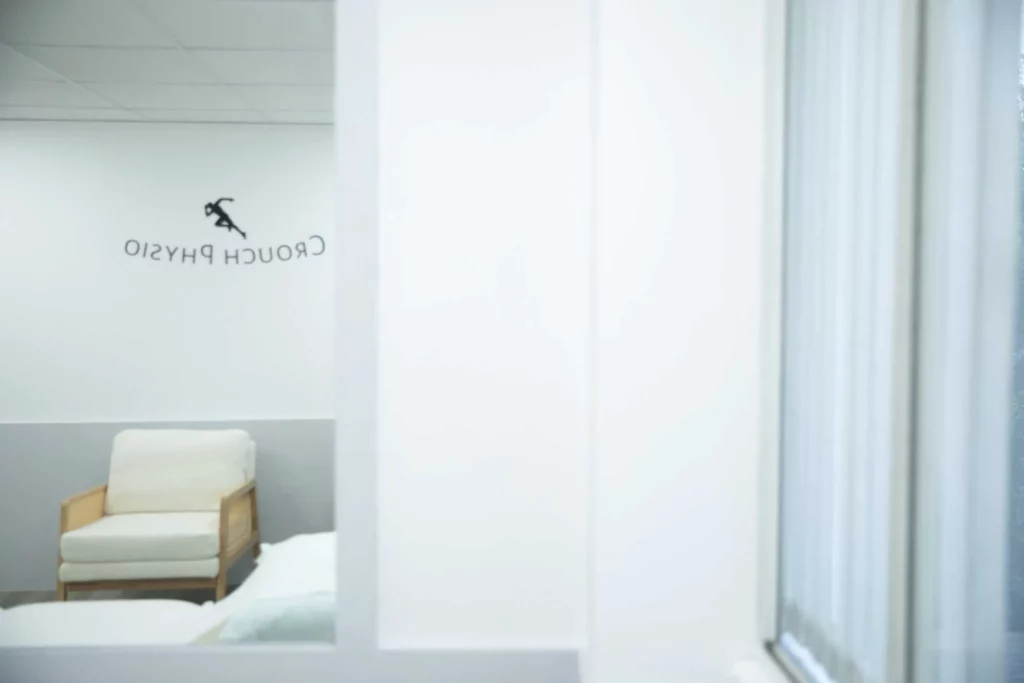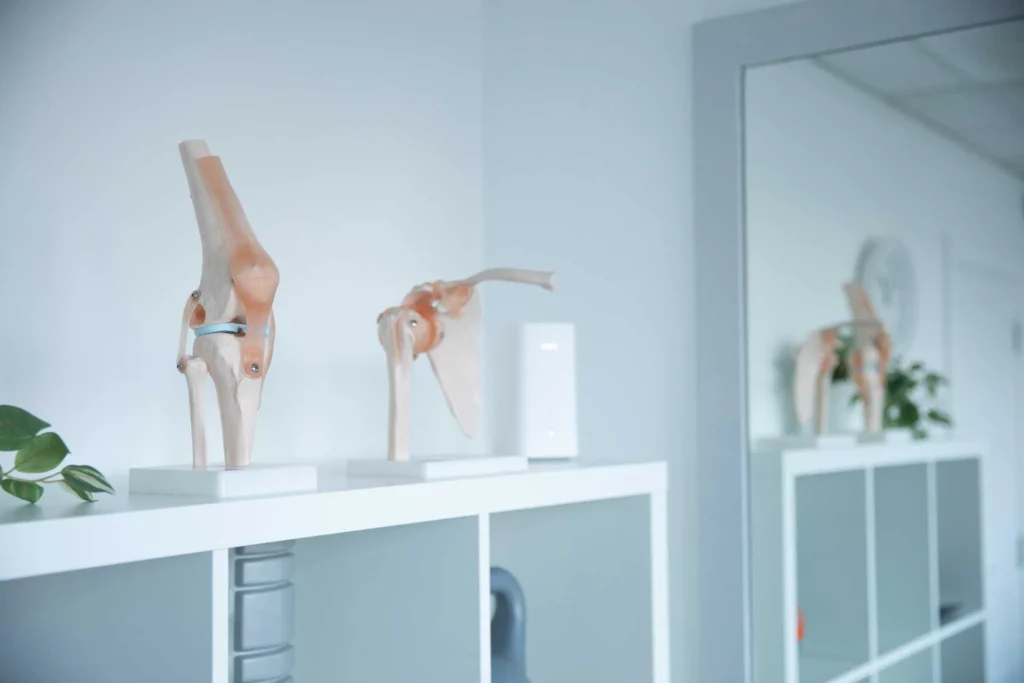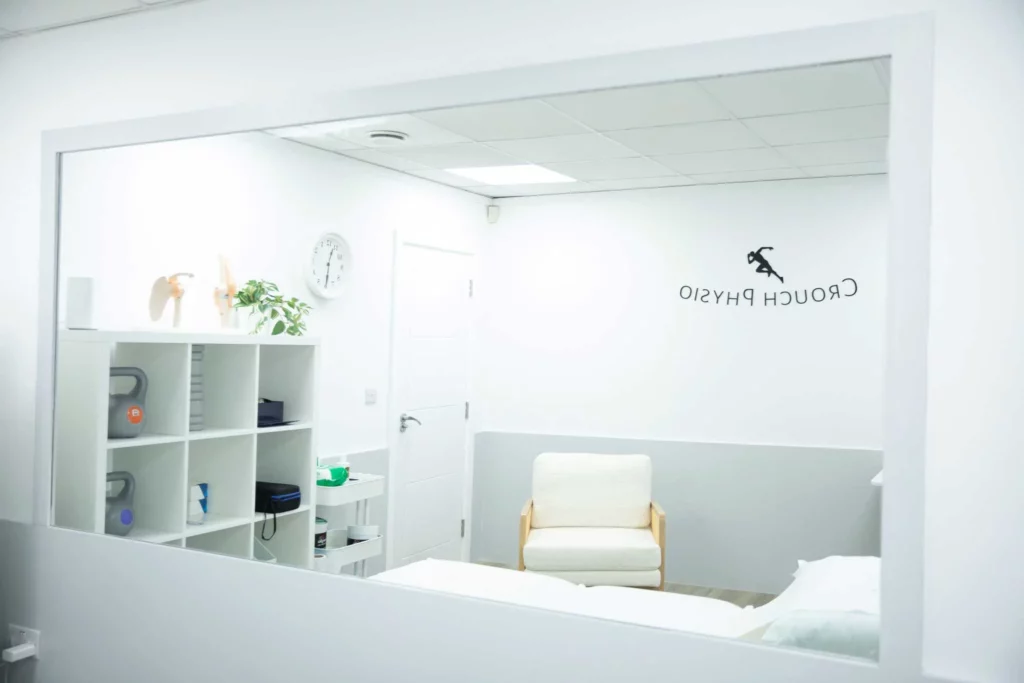Introduction
Cervical radiculopathy is a common condition that affects the nerves in the neck, often leading to pain, weakness, and numbness in the upper extremities. As a physiotherapist, understanding the symptoms, diagnostic methods, and treatment approaches for cervical radiculopathy is crucial for providing effective care to patients. In this blog, we’ll delve into the intricacies of cervical radiculopathy, drawing parallels with sciatica where relevant, and explore evidence-based physiotherapy interventions.
Symptoms
The hallmark symptoms of cervical radiculopathy include neck pain that radiates down into the shoulder, arm, and even the hand. Patients may experience numbness, tingling, or weakness in the affected arm or hand, often following a specific nerve root distribution. For instance, compression of the C6 nerve root typically results in symptoms along the thumb and index finger, while compression of the C7 nerve root affects the middle finger and compression of the C8 nerve root affects the ring and little fingers.
Assessment and Diagnosis
Assessing cervical radiculopathy involves a comprehensive evaluation of the patient’s medical history, including any trauma or repetitive movements that may have precipitated the condition. Physical examination techniques such as Spurling’s test, shoulder abduction test, and manual muscle testing can help identify neurological deficits and localise the affected nerve root. Imaging studies like MRI and CT scans may be ordered to visualise the extent of nerve compression and rule out other pathologies.
Treatment
Physiotherapy plays a crucial role in the conservative management of cervical radiculopathy, aiming to alleviate pain, improve function, and prevent recurrence. Treatment strategies often include:
1. Manual Therapy: Techniques such as cervical mobilisation and manipulation can help improve joint mobility, reduce pain, and alleviate nerve root compression. There is moderate evidence supporting the effectiveness of manual therapy in reducing pain and disability in patients with cervical radiculopathy (1).
2. Exercise Therapy: Specific exercises targeting cervical stabilisation, range of motion, and muscle strengthening are tailored to each patient’s needs. Evidence suggests that exercise therapy is effective in improving pain and function in individuals with cervical radiculopathy (2)(3).
3. Passive Modalities: Modalities such as ultrasound, electrical stimulation, and traction may be used adjunctively to relieve pain and promote tissue healing. While evidence for the efficacy of modalities in cervical radiculopathy is limited, they can provide short-term symptomatic relief (4).
4. Education and Ergonomics: Patient education about posture modification, ergonomic principles, and activity modification is essential for long-term management and prevention of recurrent symptoms. Conclusion: Cervical radiculopathy can significantly impact an individual’s quality of life, but with appropriate assessment and evidence-based physiotherapy interventions, patients can experience meaningful improvements in symptoms and function. As physiotherapists, staying abreast of the latest research findings and employing a multidimensional approach to treatment is paramount in optimising patient outcomes.
Our Barnet, Cockfosters & Enfield Physio’s have tons of experience in dealing with cervical radiculopathy. Have confidence that our specialist Physiotherapists will closely assess, diagnose & treat you in the correct & evidence-based way for all injuries. You can book an appointment here.
Blog By: Emre Oz (Musculoskeletal Physiotherapist at Crouch Physio).
References
1. Borrella-Andrés, S., Marqués-García, I., Lucha-López, M.O., Fanlo-Mazas, P., HernándezSecorún, M., Pérez-Bellmunt, A., Tricás-Moreno, J.M. and Hidalgo-García, C., 2021. Manual therapy as a management of cervical radiculopathy: a systematic review. BioMed Research International, 2021, pp.1-15.
2. Liang, L., Feng, M., Cui, X., Zhou, S., Yin, X., Wang, X., Yang, M., Liu, C., Xie, R., Zhu, L. and Yu, J., 2019. The effect of exercise on cervical radiculopathy: A systematic review and meta-analysis. Medicine, 98(45), p.e17733.
3. Alshami, A.M. and Bamhair, D.A., 2021. Effect of manual therapy with exercise in patients with chronic cervical radiculopathy: a randomized clinical trial. Trials, 22, pp.1-12.
4. Rulleau, T., Abeille, S., Pastor, L., Planche, L., Allary, P., Chapeleau, C., Moreau, C., Cormier, G. and Caulier, M., 2021. Effect of an intensive cervical traction protocol on mid-term disability and pain in patients with cervical radiculopathy: An exploratory, prospective, observational pilot study. Plos one, 16(8), p.e0255998.




